In the world AR-platformed calibers, it seems are choices are increasing every year. We’re not one to complain about options, so we think this is a good thing. But if you don’t know what you’re stepping into, that can also get you in trouble. In this article, let’s explore two calibers kind of like that. They’re both great rounds and serve more than one purpose but they can get you in a world of trouble if you try to use them interchangeably. So, let’s jump into the 300 Blackout vs 5.56 debate.
Barring some controversial move by Washington, the AR-15 is here to stay. Many enthusiasts laud it as the perfect rifle — affordable, thoroughly customizable, fun to shoot, and complemented by the performance of a cartridge made specifically for it.
But the AR is so customizable that you’re not stuck firing only 5.56×45 with it. Of course a rifle rated to handle the chamber pressure of 5.56×45 is perfectly capable of firing 223 Rem, but by simply swapping out your AR’s barrel you can convert it to fire 300 AAC Blackout as well.
The 300 Blackout is a much newer cartridge, but does that make it better? In a word, no. Both the 5.56×45 and the 300 Blackout have their own benefits to bring to the table, so picking a favorite depends entirely on what you wish to achieve with your rifle.
300 BLK vs. 5.56: Cartridge Dimensions
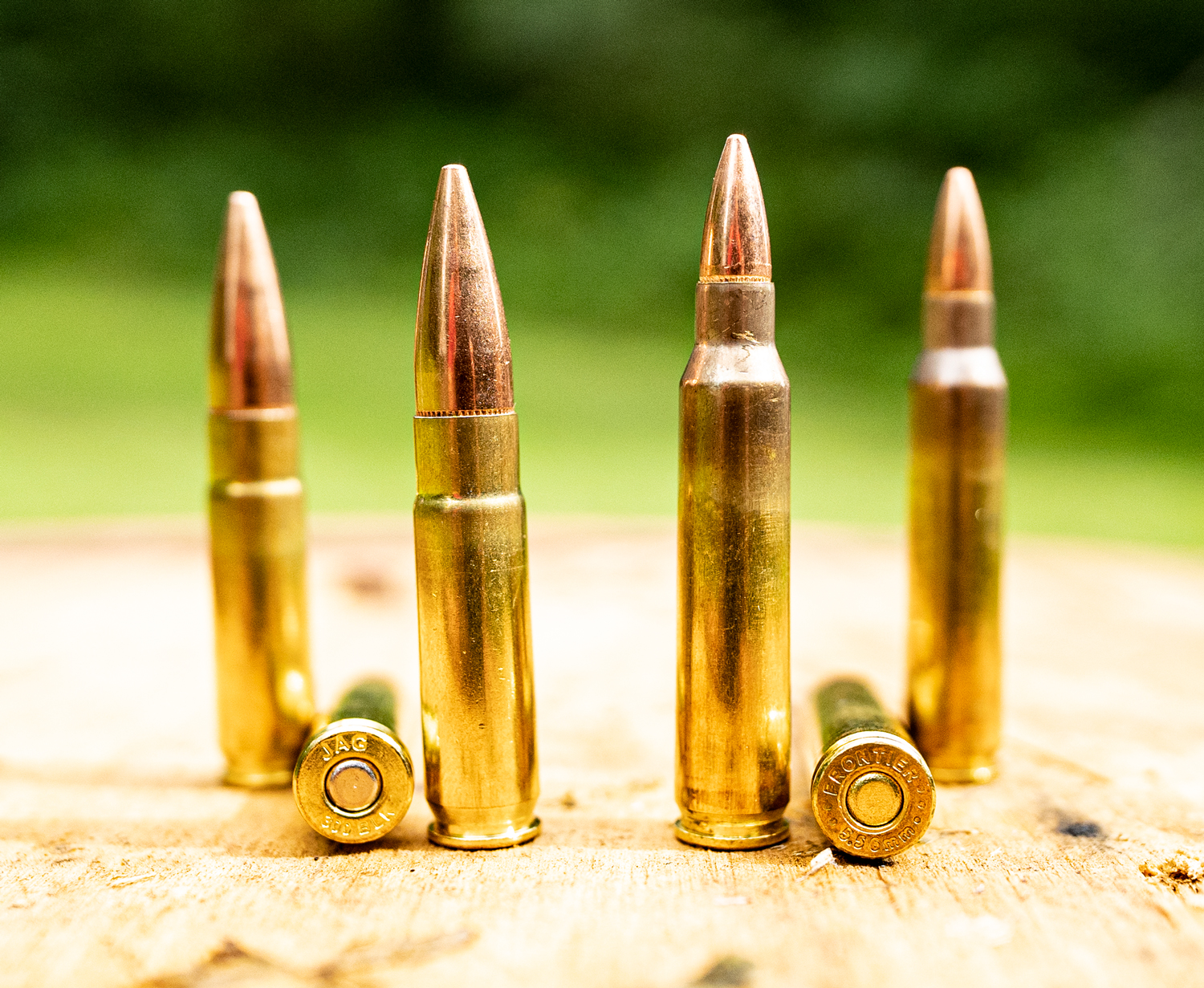
300 Blackout ammo (left) side by side with 5.56×45 ammo (right).
The 5.56×45 and the 300 Blackout have significantly different bullets. You shouldn’t use these interchangeably in your rifle. If you do, you risk something blowing up that shouldn’t. After the blast, you could wake up and have fewer fingers, eyes, or ears, assuming you wake up at all.
The 5.56×45 bullet is 0.224” in diameter and usually weighs 55 grains (or 62 grains if it’s an M855 “penetrator”). The .308” diameter 300 Blackout bullet is available in a far greater range of weights — anywhere from 110 to 220 grains.
In spite of this, the two cartridges share remarkably similar dimensions. Both are 2.26” long and have the same casing rim diameter. In terms of magazine capacity alone, you have no reason to favor one round over the other.
Ballistic Performance Comparison
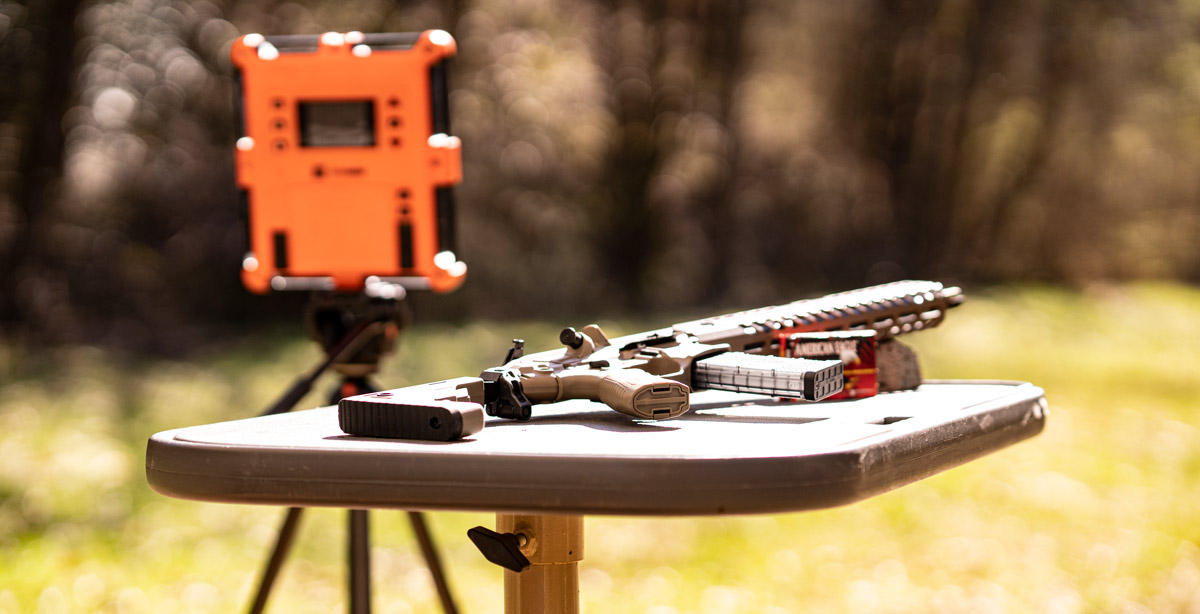
5.56×45 ammo offers a far flatter trajectory than the 300 Blackout. Out of a 16” barrel, a 5.56×45’s 55 grain bullet achieves a muzzle velocity of approximately 2,800 fps. From the same length barrel, a 300 Blackout’s 125 grain bullet (which is still relatively lightweight for the cartridge) achieves only a 2,240 fps muzzle velocity. The 300 Blackout’s sleeker bullet may have an intrinsically superior ballistic coefficient, but with less speed its trajectory invariably arcs more sharply. Furthermore, the 5.56×45’s is less impacted by wind drift. The 5.56×45 is thus the better choice for ranges up to 500 yards. Many prefer to fire the 300 Blackout within 150 yards, although skilled shooters can double that range.
If you are covering a shorter distance, or are skilled enough to accommodate the 300 Blackout bullet’s steeper drop, then you will find its terminal performance more devastating. Its wider diameter naturally conveys a wider wound cavity, and its greater mass makes it better able to penetrate deeply. There is good reason why the caliber has earned such a steadfast following among hog hunters.
Take note: The 5.56×45’s faster velocity does leave its bullet able to fragment better. This makes it a better choice for home defense when you want your bullet to break apart within your target rather than risk overpenetrating and putting a bystander in jeopardy.
Recoil
Neither cartridge delivers substantial recoil. If keeping your sights on target during a frantic home defense scenario is your chief concern, you will find neither the 5.56×45 nor the 300 Blackout difficult to control. That said, the 300 Blackout’s recoil is nearly three times as powerful as that of the 5.56×45.
Suppressor Performance
When you are firing a rifle that is equipped with a suppressor, you want to complement the attachment’s performance with subsonic ammunition. There are 5.56×45 loads available with muzzle velocities beneath 1,125 fps, but the 300 Blackout truly excels in this department. When loaded with a heavier bullet, the cartridge’s subsonic muzzle velocity creates a far softer report for a suppressor to muffle. If you would like to fire indoors without deafening yourself or get the drop on some unsuspecting hogs, the 300 Blackout offers a lot.
Ammo Availability and Cost
Together, 5.56×45 and 223 Rem are the most popular rifle rounds in America. We can certainly attest to that, as they’re our best selling rifle ammo. You’ll easily find any type of ammo you could hope for in 5.56×45.
300 Blackout ammunition is a little harder to find at brick and mortar stores, but you’ll have no trouble getting what you need online. In terms of price, 5.56×45 has got the newer cartridge soundly beaten. 300 Blackout ammo costs about twice as much as analogous ammo for 5.56×45, which alone may be enough to dissuade many shooters from firing it.
Cartridge Flexibility
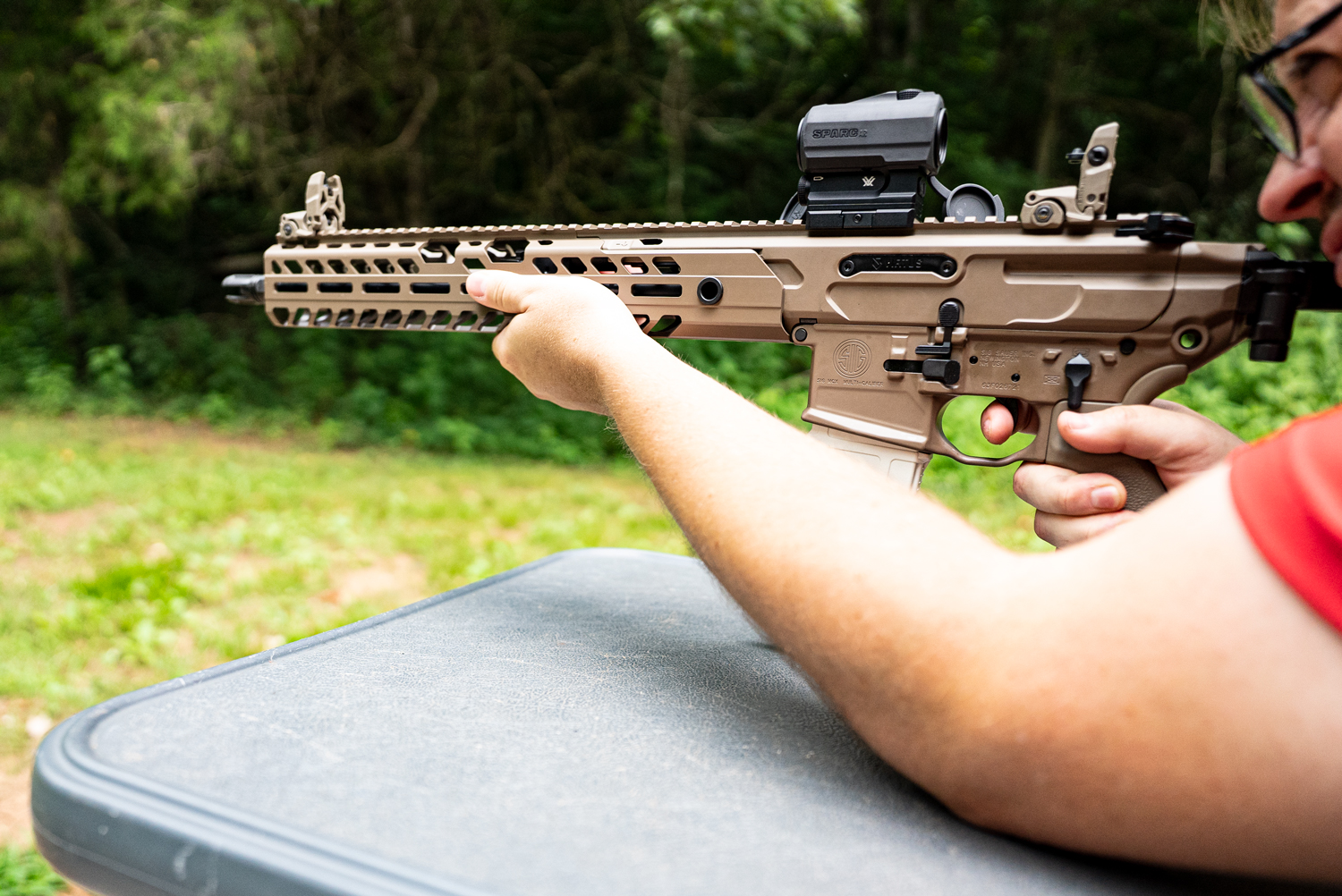
When it comes to hunting, 5.56×45 is preferable for varmints and medium sized game at ranges up to 150 yards. For nearer by and more rugged game such as hogs, 300 Blackout’s superior penetration will serve you better. Just make certain you take 300 Blackout’s faster bullet drop into consideration while hunting with it.
For home defense, you have a tradeoff to consider. The 300 Blackout works splendidly with a short rifle barrel, which will help you maneuver in close quarters. Its compatibility with a suppressor is useful in tactical situations as well. However, the cartridge’s greater tendency to penetrate targets and walls must be taken into consideration where family members and even neighbors enter into the equation.
The Takeaway
The lower cost of 5.56×45 ammunition makes it the better choice for high volume shooters. Its flatter trajectory wins out when long distance shooting is on the day’s itinerary, and its ability to prevent overpenetration is not to be undervalued for home defense.
The 300 Blackout’s heavier, wider bullet takes a little more care to aim properly over longer distances, but it can inflict greater damage. Your rifle should have no trouble cycling when firing subsonic 300 Blackout ammo, and its compatibility with a suppressor makes it a must if you care to make your reports subtler. Just take care to take advantage of its better penetration while hunting — and not let that ability yield disastrous results during a home invasion.
Fortunately, trying both cartridges is easy once you’ve got the requisite AR. Get a 300 Blackout barrel, give it the old college try, and appreciate both rounds’ advantages for yourself!


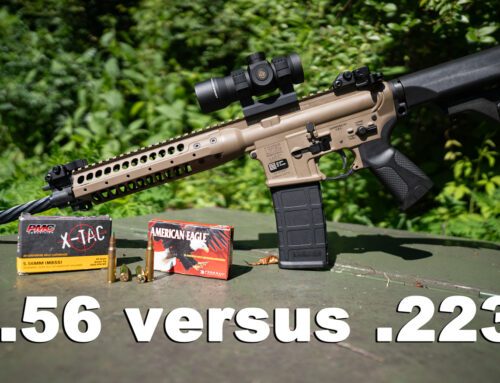
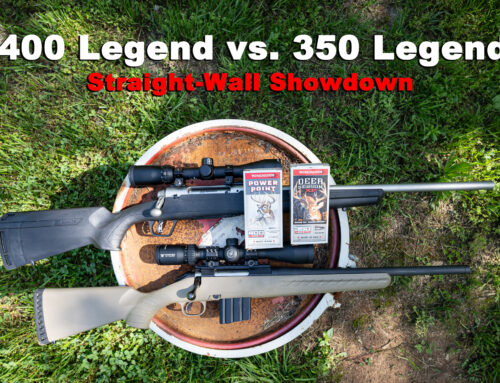
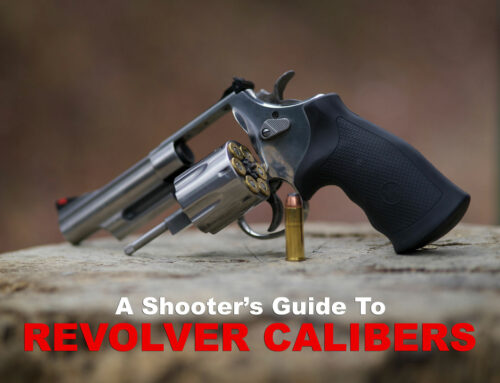
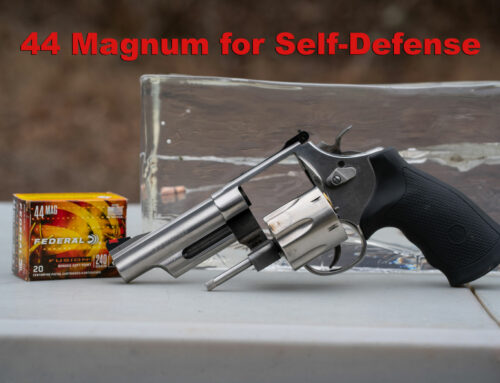
Leave A Comment